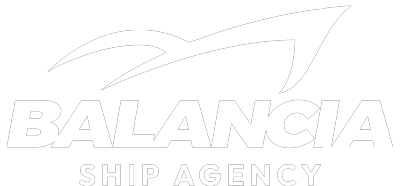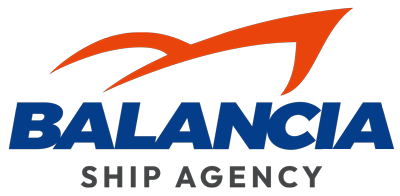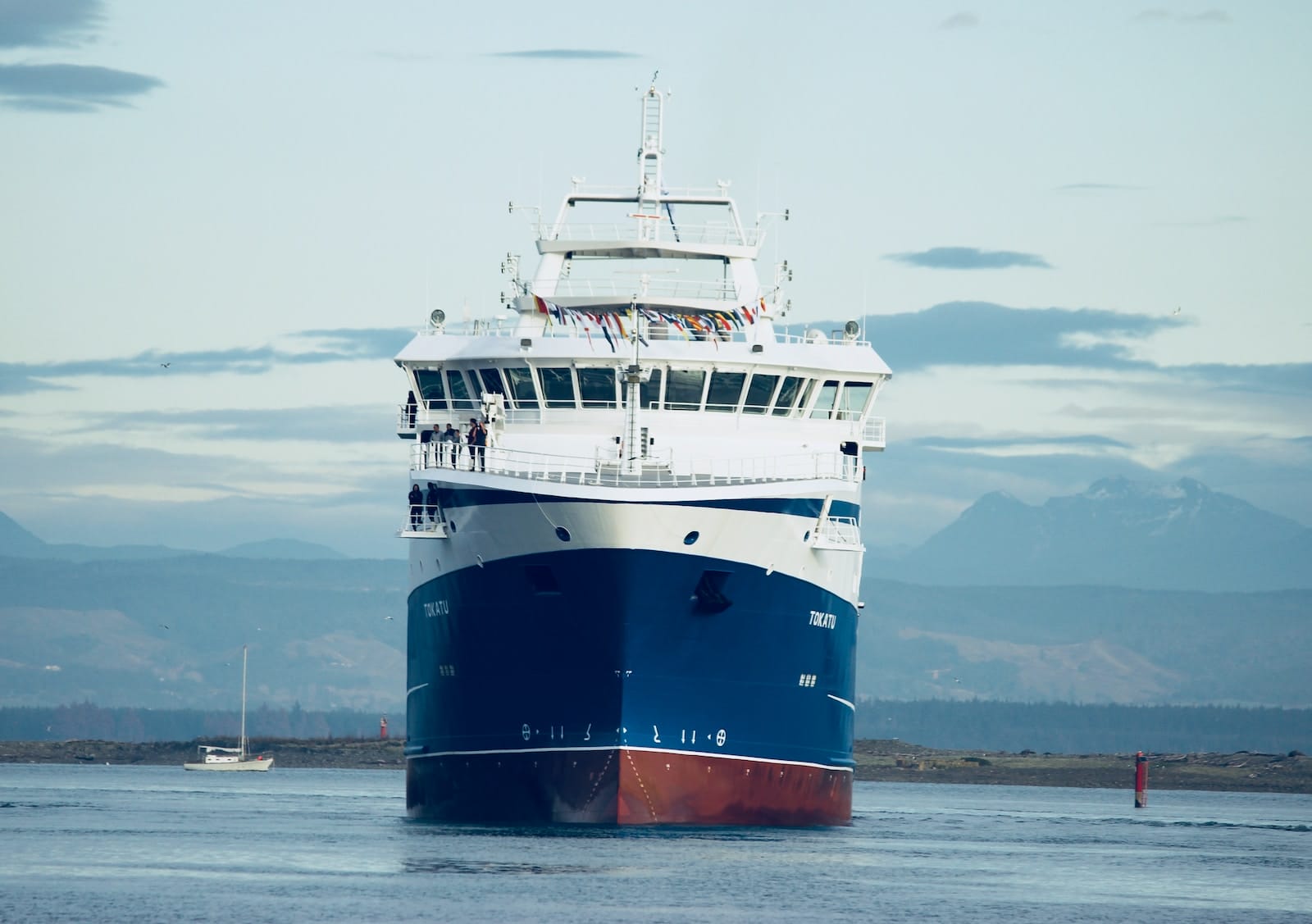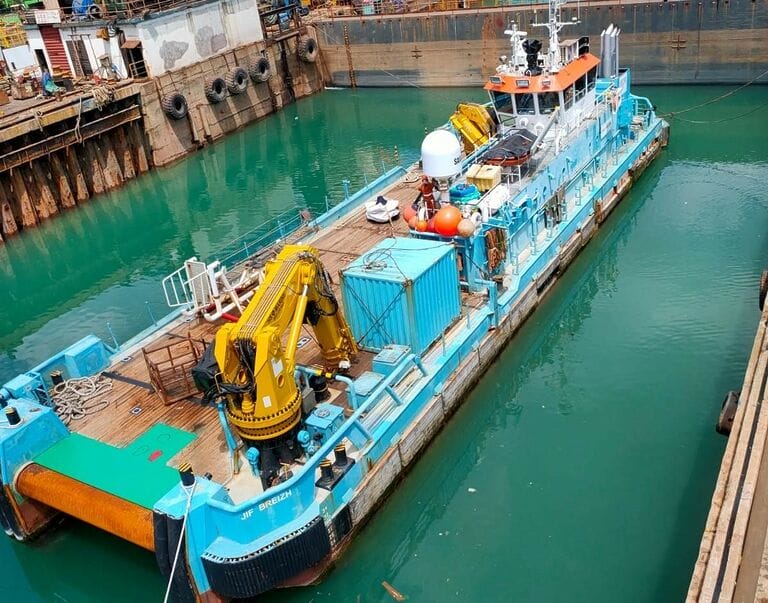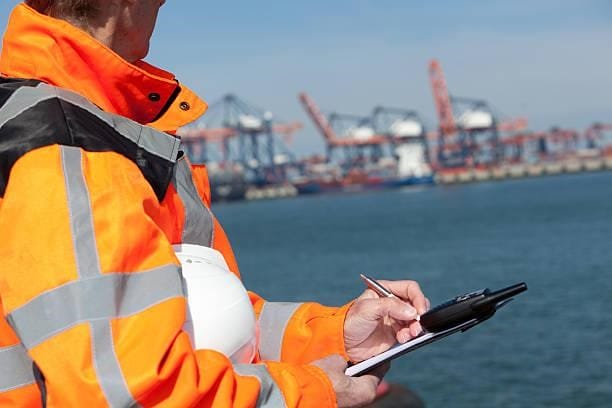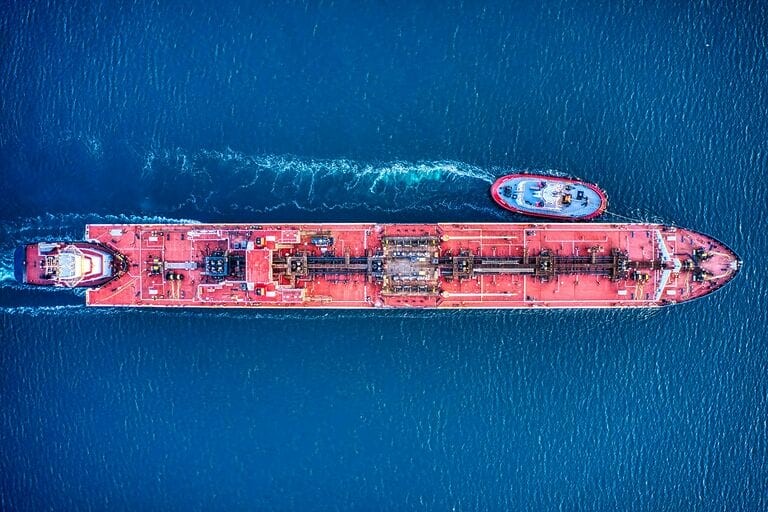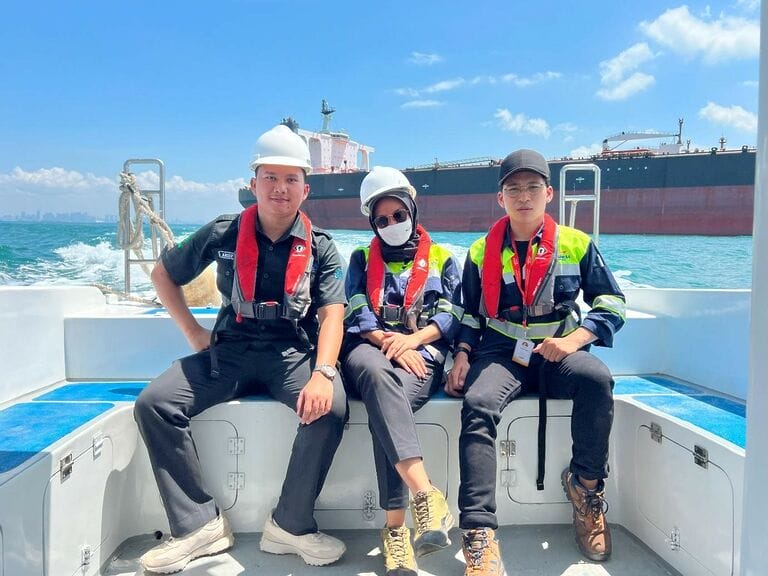Exploring the Pros and Cons of Mega Vessels in Global Trade
Mega vessels, with their substantial cargo-carrying capacity and potential for cost-saving efficiencies, have become a prominent feature in the modern shipping industry. These massive ships offer both advantages and disadvantages for exporters and cargo owners, shaping various aspects of global trade. By exploring the intricacies of deploying mega vessels, we can uncover the ways in which they influence pricing dynamics, supply chain management, environmental considerations, and competition within the shipping market.
Advantages of Mega Vessels
- Cost Savings and Competitive Rates: Mega vessels provide shipping lines with the opportunity to achieve economies of scale. By carrying a larger number of containers per voyage, carriers can distribute their operational costs over a higher cargo volume, resulting in lower slot costs per container. This cost advantage allows carriers to offer more competitive freight rates to exporters and cargo owners, benefiting their overall shipping expenses.
- Price Wars and Negotiation Power: The introduction of mega vessels often triggers intense competition among shipping lines. In a bid to fill their larger vessels and maintain market share, carriers may engage in price wars, offering discounted rates to attract cargo. This competitive environment provides exporters with increased negotiation power, allowing them to secure more favorable freight rates for their shipments.
- Environmental Benefits: Mega vessels contribute to reducing the shipping industry’s carbon footprint. These vessels are designed with advanced technologies that enhance fuel efficiency and emissions reduction. As global environmental concerns grow, many exporters are inclined to work with carriers that prioritize eco-friendly practices. Utilizing mega vessels allows exporters to align with sustainability goals and cater to environmentally conscious consumers.
- Supply Chain Reliability and Adaptability: The surplus capacity introduced by mega vessels enhances supply chain planning and adaptability. With a larger buffer of available space, exporters can confidently employ the “Just in Time” inventory management strategy, minimizing the need for excess inventory and associated costs. Additionally, the increased capacity enables exporters to respond more efficiently to sudden changes in demand, reducing supply chain disruptions.
Disadvantages of Mega Vessels
- Reduced Sailings and Services: While mega vessels offer increased capacity, they often lead to a reduction in the frequency of sailings and direct services. As larger vessels replace smaller ones, the number of available sailings between ports may decrease. This reduction in options can complicate supply chain planning for exporters who rely on specific sailing schedules to meet their production and distribution timelines.
- Limited Direct Services: Mega vessels require deep-water ports and specialized infrastructure for efficient operations. As a result, these vessels may only call at larger, well-equipped ports, limiting direct services to smaller or less-equipped terminals. This can result in increased transit times and additional costs for exporters who need to transport their cargo to and from these primary ports.
- Lesser Choice and Increased Costs: The concentration of capacity at major ports due to mega vessels can limit exporters’ choices for port-to-port combinations. Exporters may need to transport their cargo over longer distances to reach these major ports, incurring additional transportation costs and potentially disrupting their supply chain efficiency.
- Market Concentration and Competition: The trend of deploying mega vessels has led to market consolidation, with a few major carriers and alliances controlling a significant portion of global shipping capacity. While container alliances aim to improve operational efficiency, they may also reduce the number of players in the market. This could potentially result in reduced competition, leading to higher freight rates and limited choices for exporters.
- Market Monopoly and Regulatory Oversight: The concentration of capacity among a small number of carriers or alliances can raise concerns about monopolistic or oligopolistic behavior. Regulatory authorities may monitor and intervene in cases where competition is hindered or consumer interests are compromised. This regulatory oversight can impact the dynamics of the shipping industry and influence exporters’ shipping decisions and costs.
In conclusion, the deployment of mega vessels presents a complex interplay of benefits and challenges for exporters and cargo owners alike. While the potential for cost savings, negotiation power, and reduced emissions aligns with evolving industry trends and environmental consciousness, the trade-off of reduced sailings, limited direct services, and market concentration warrants careful consideration. As the shipping landscape continues to evolve, exporters must navigate these factors to optimize their supply chains, enhance cost-effectiveness, and uphold their commitments to sustainability in a dynamically changing global trade environment.
Need Help For Port Agency Services In Indonesia ? Contact Us Now!
BALANCIA SHIP AGENCY
HQ Address : Komplex Ruko Golden City Block C No.3A, Batam City, Indonesia 29432
www.balancia.co.id
Mobile Ph. : +628112929654
Office Ph. : +627784883769
